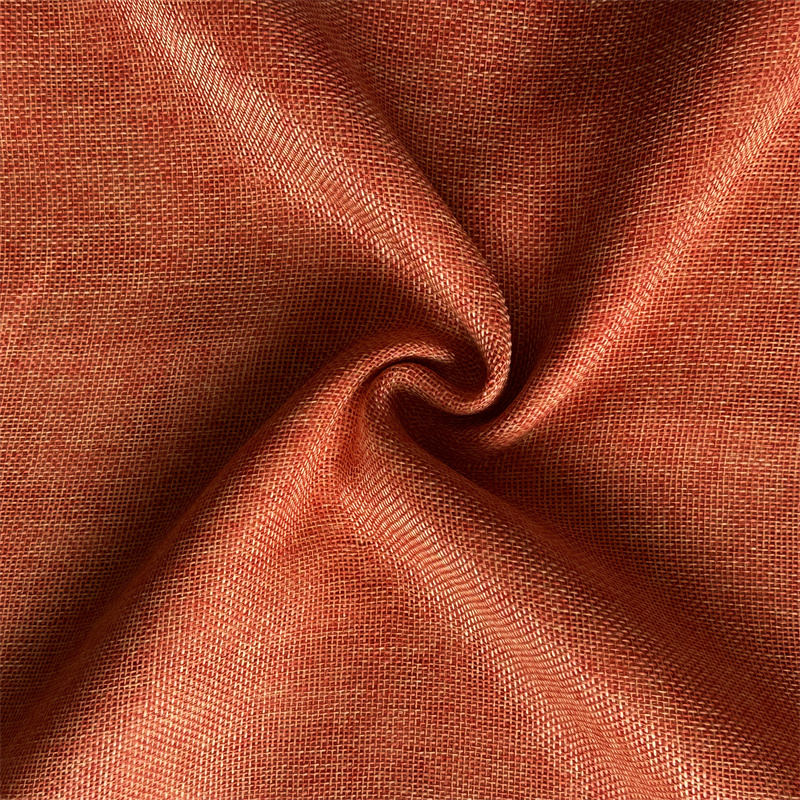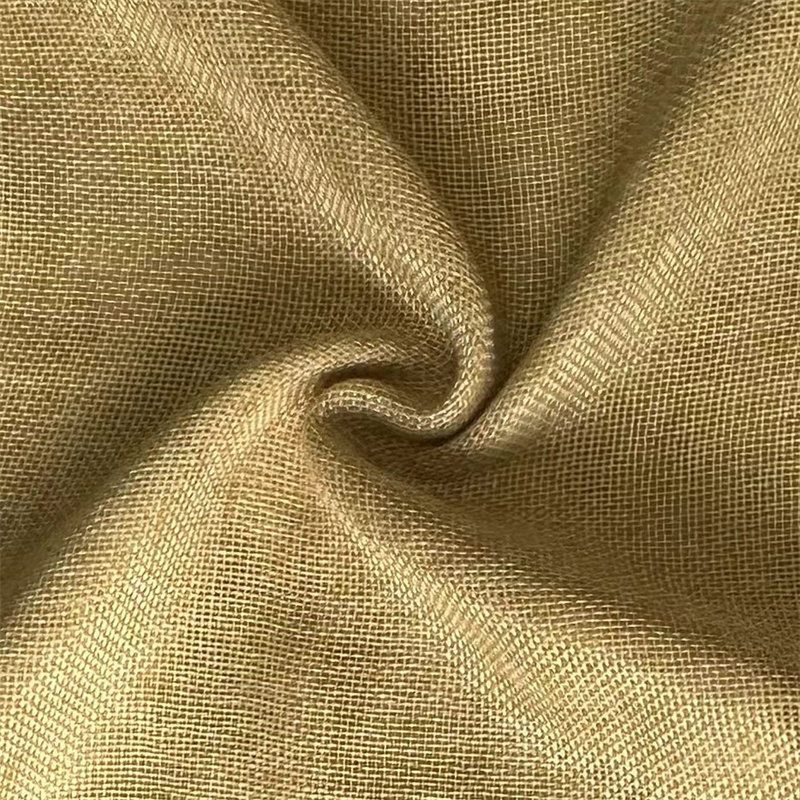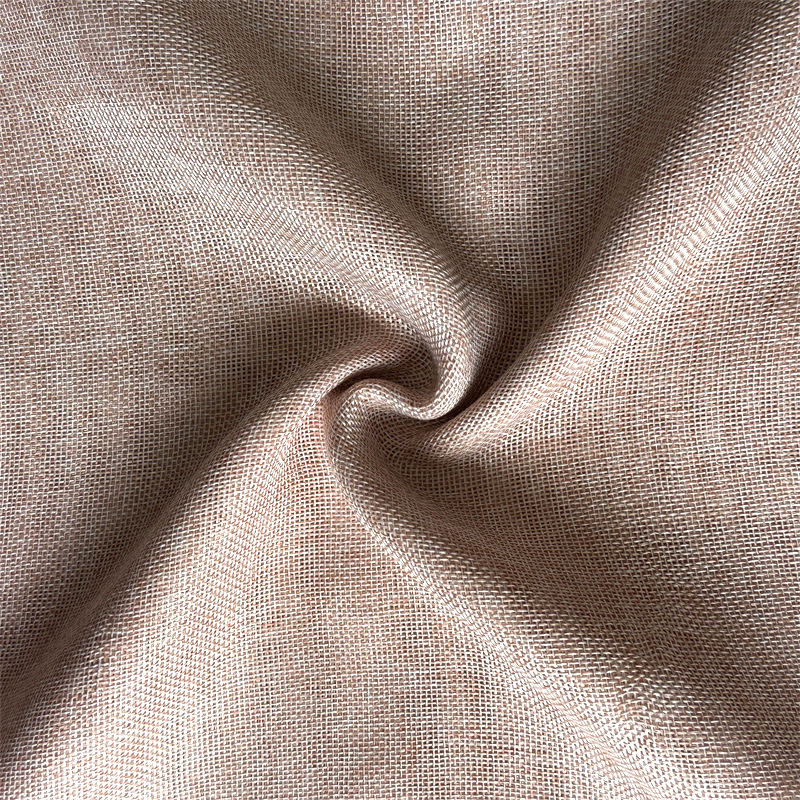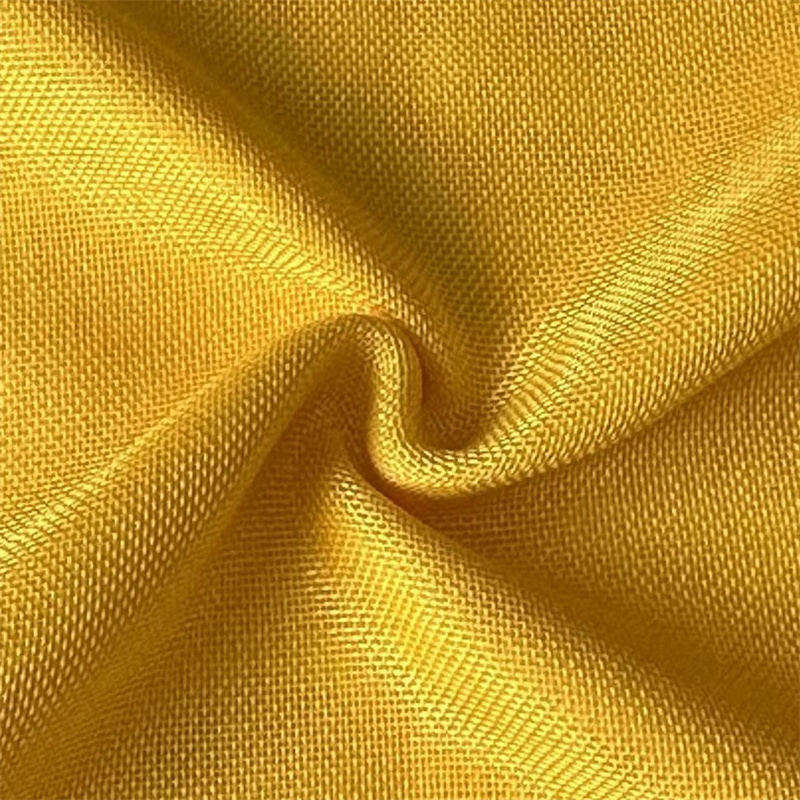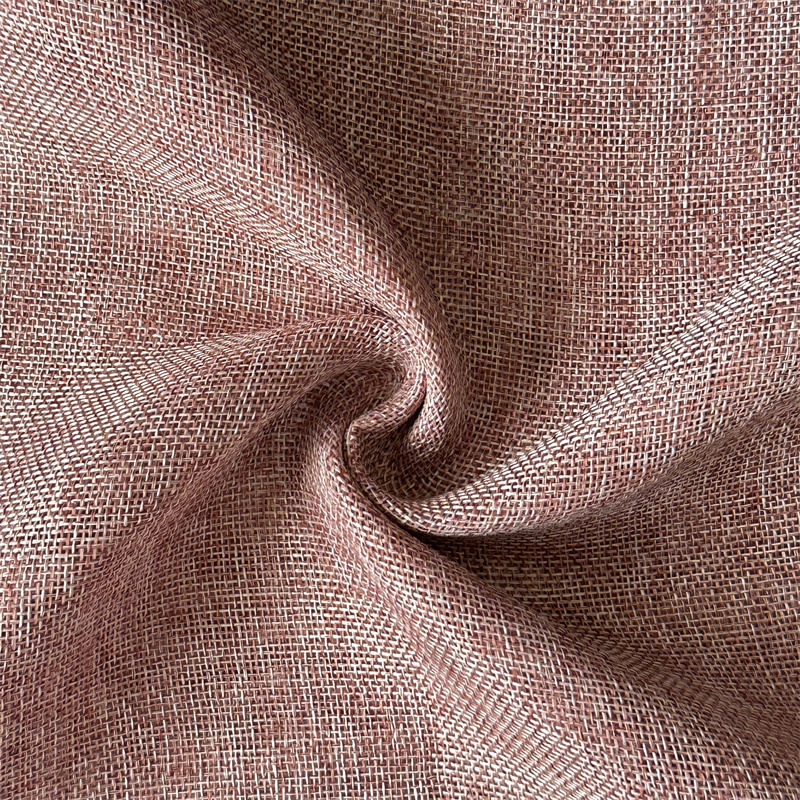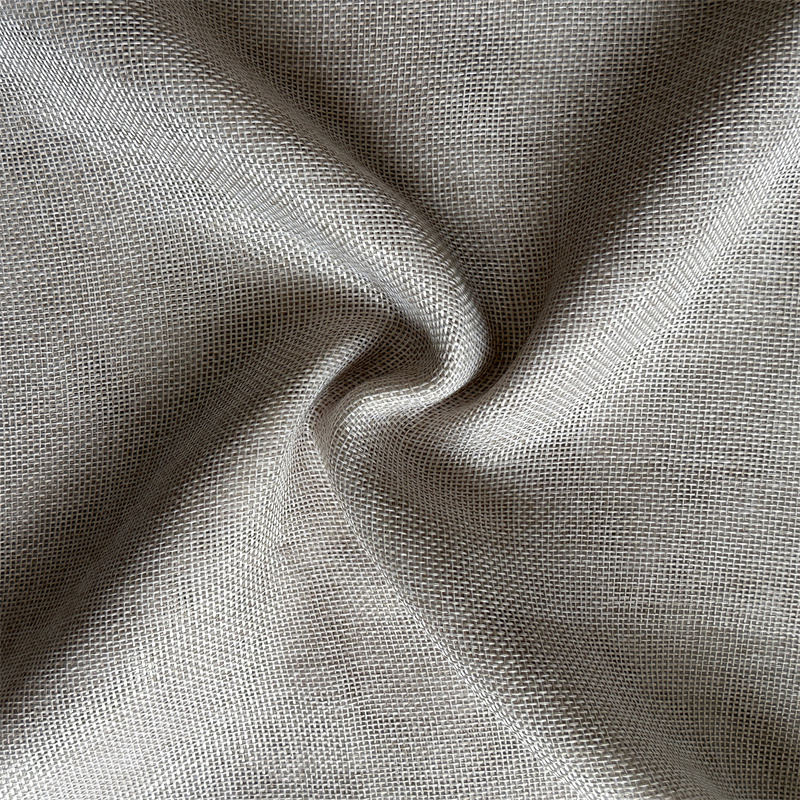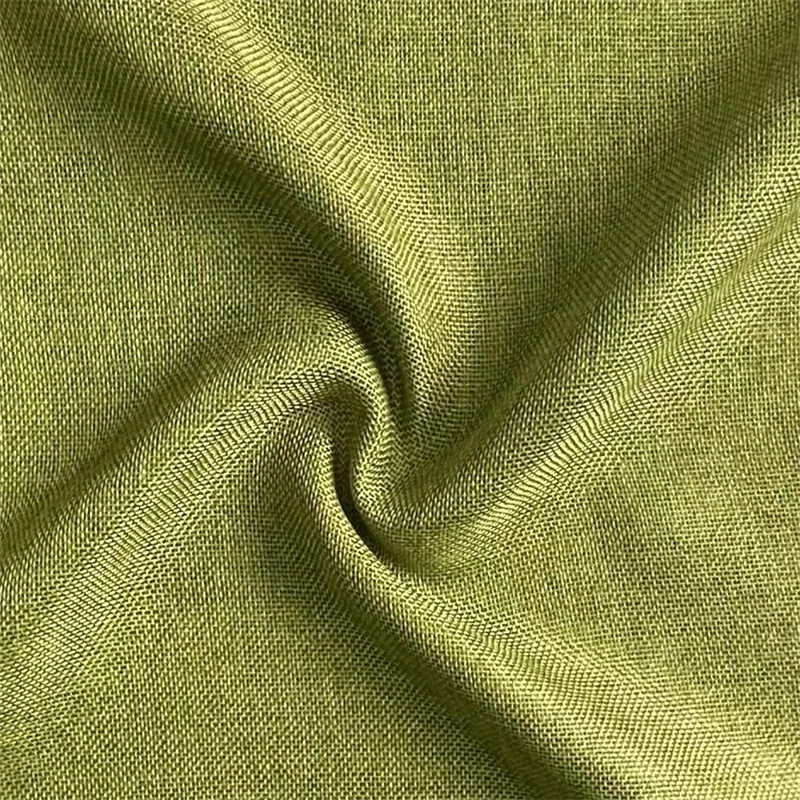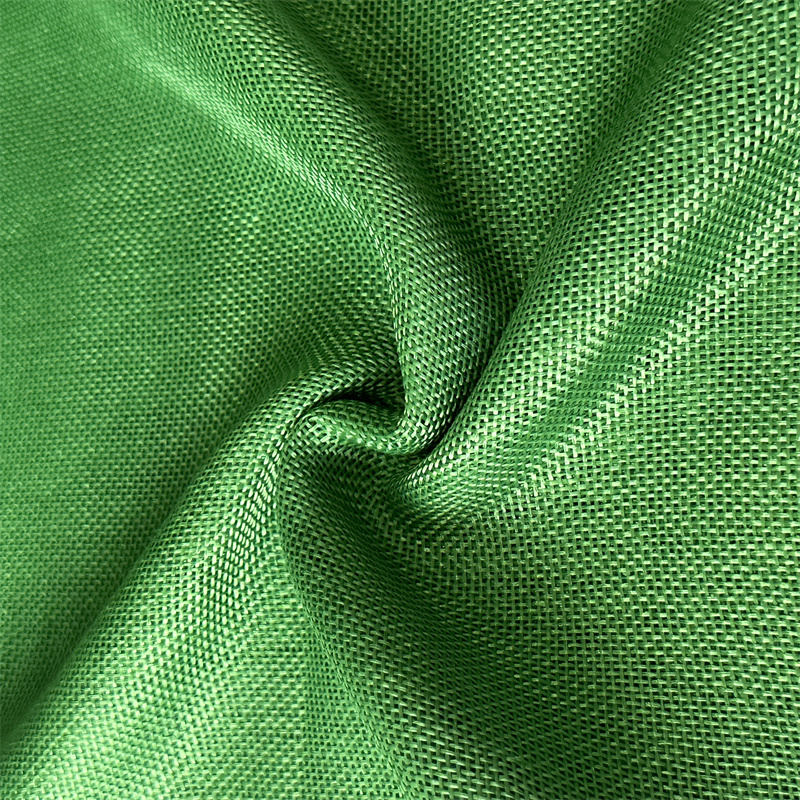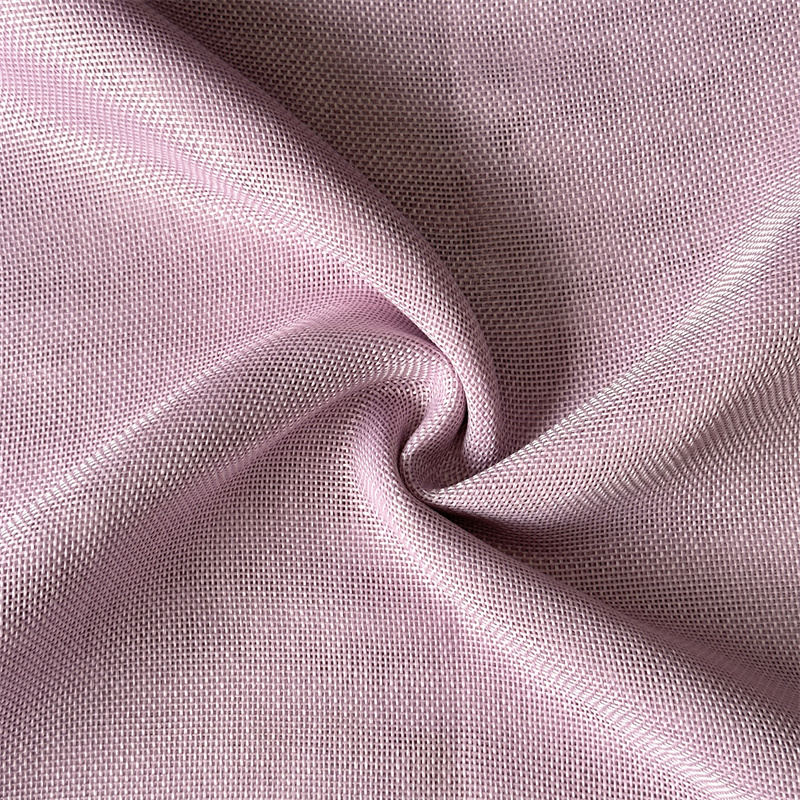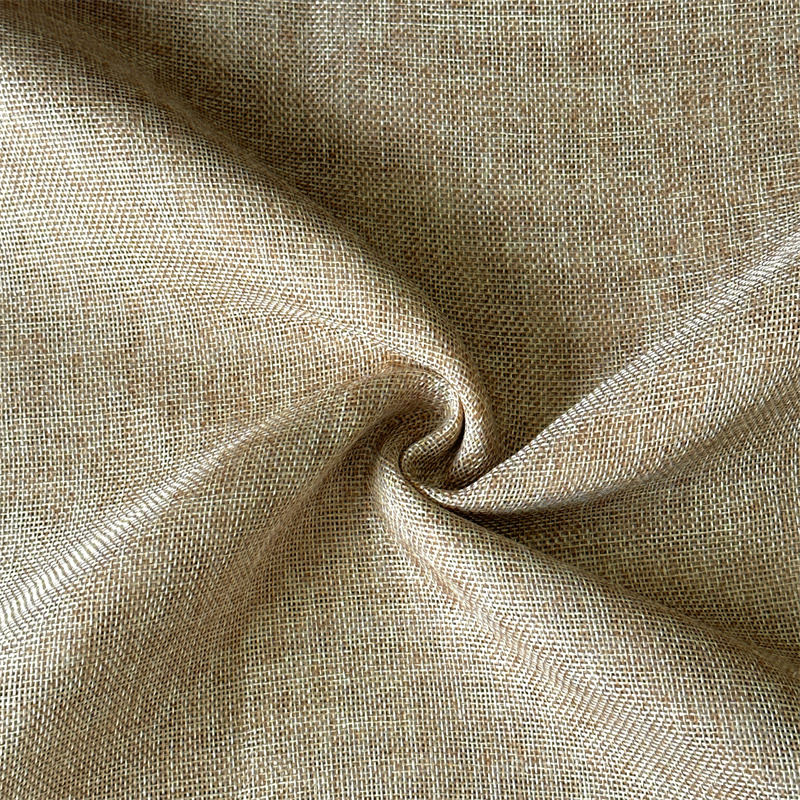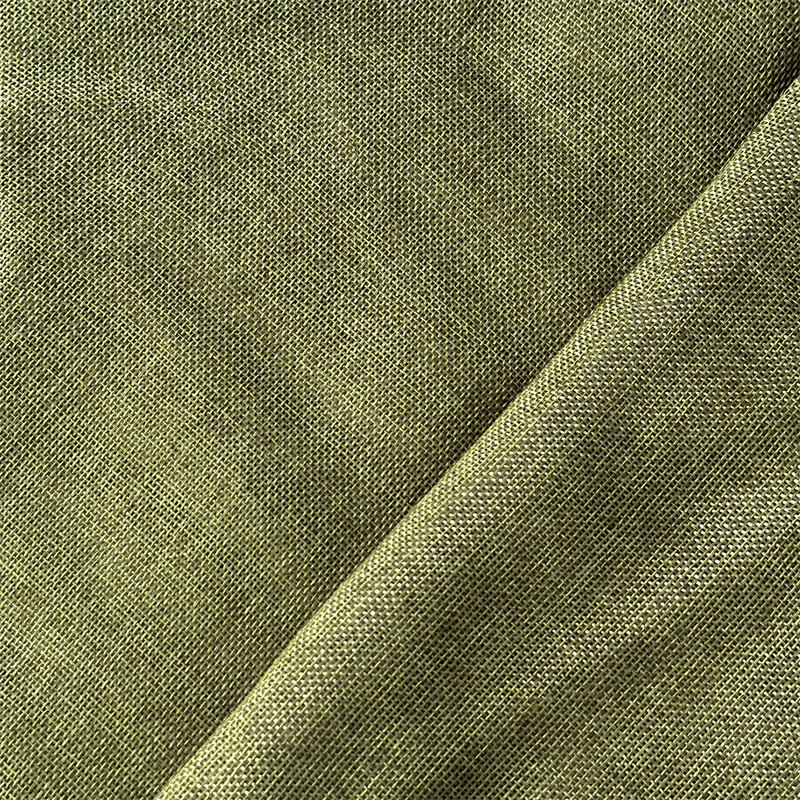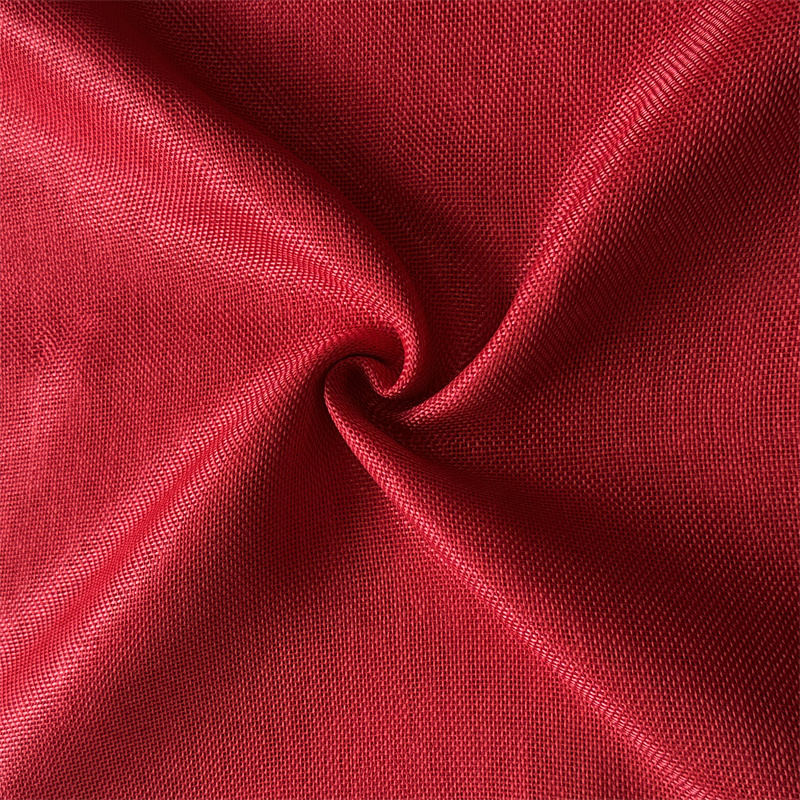Corduroy fabric, recognized by its distinctive ridged texture and soft touch, has a long-standing presence in fashion. However, beyond clothing, corduroy has also become a popular material in home décor. Its unique combination of durability, comfort, and aesthetic appeal makes it ideal for upholstery, cushion covers, drapery, and decorative accents. In this article, we explore how corduroy fabric is utilized in home décor, its advantages, types, design considerations, maintenance, and why it continues to gain popularity in modern interiors.
1. Understanding Corduroy Fabric
Corduroy is a textile characterized by its raised “cords” or “wales”—parallel ridges that run lengthwise along the fabric. Traditionally made from cotton, corduroy can also be blended with polyester, rayon, or spandex to enhance durability, elasticity, or sheen.
Key features of corduroy:
- Durable texture: The ridges provide thickness and resistance to wear.
- Soft feel: Despite its robust structure, corduroy remains comfortable to touch.
- Distinctive appearance: Wale patterns (narrow, medium, wide) give a tactile and visual appeal.
- Versatility: Works well for casual, rustic, and contemporary décor styles.
These properties make corduroy more than just a fabric for pants and jackets—it is increasingly used to create functional yet stylish home furnishings.
2. Types of Corduroy for Home Décor
Corduroy is classified based on the wale count, which refers to the number of ridges per inch. Different wale sizes impact the texture, look, and durability of the fabric.
-
Pinwale corduroy:
- Very fine ribs, creating a smooth and subtle texture.
- Ideal for decorative pillows and cushion covers where a refined look is desired.
-
Standard wale corduroy:
- Medium-sized ribs, balancing softness and durability.
- Commonly used for sofas, chairs, and ottomans due to its robustness.
-
Wide wale corduroy:
- Prominent ridges, giving a bold and textured appearance.
- Suitable for statement pieces or accent furniture like armchairs or benches.
-
Cotton-polyester blends:
- Enhances stain resistance, color retention, and wrinkle resistance.
- Popular for high-traffic areas such as living rooms and family spaces.
By selecting the appropriate type of corduroy, homeowners and designers can achieve the desired aesthetic and functional performance in different areas of the home.
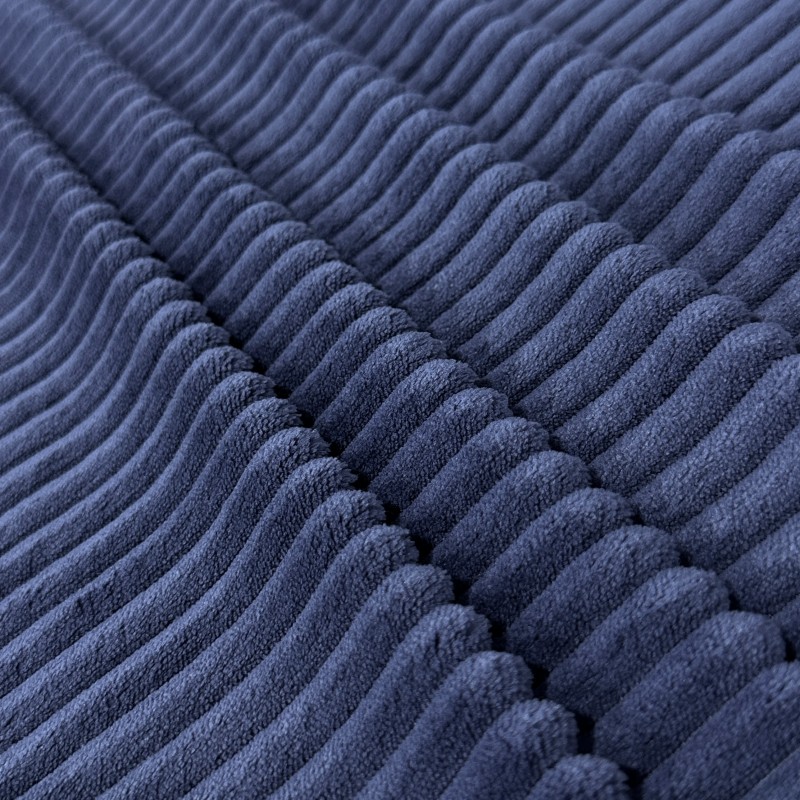
3. Corduroy Upholstery: Combining Comfort and Durability
Corduroy is widely used in upholstery for furniture pieces such as sofas, armchairs, and dining chairs. Its combination of durability and texture makes it an excellent choice for items that experience frequent use.
Advantages of corduroy upholstery:
- Resistance to wear: The dense weave and raised ridges help withstand friction and daily usage.
- Soft seating experience: The fabric provides comfort without compromising sturdiness.
- Visual appeal: The wale texture adds depth and dimension, creating a cozy, inviting look.
- Color variety: Available in numerous colors, from earthy tones to vibrant hues, to complement different interior styles.
Design considerations:
- Matching wale direction: Ensures uniform appearance across large furniture pieces.
- Pile maintenance: Regular vacuuming preserves texture and prevents matting.
- Complementary fabrics: Corduroy pairs well with smooth textiles like linen or velvet for contrast.
In modern homes, corduroy sofas or chairs often serve as statement pieces, combining casual comfort with sophisticated texture.
4. Cushion Covers and Decorative Accents
Corduroy is particularly popular for cushion covers, throw pillows, and accent pieces. These applications allow designers and homeowners to add tactile interest and warmth to a space without committing to full furniture coverage.
Benefits of corduroy cushions:
- Durability: Withstands repeated use and washing when treated properly.
- Comfort: Soft surface encourages relaxation and lounging.
- Versatility: Works in living rooms, bedrooms, or reading nooks.
- Mix-and-match possibilities: Different wale sizes and colors can be combined for layered, visually appealing arrangements.
Examples of decorative use:
- Solid color corduroy cushions complement patterned rugs or curtains.
- Wide-wale corduroy pillows add texture to minimalist spaces.
- Pinwale corduroy pillowcases can subtly enhance traditional décor styles.
These accents not only provide comfort but also function as design elements, creating cohesion between furniture, textiles, and room color schemes.
5. Corduroy in Other Home Décor Applications
Beyond furniture and cushions, corduroy is utilized in various home décor accessories:
- Curtains and drapes: Corduroy drapery adds insulation and texture, providing a cozy and sophisticated ambiance.
- Bedspreads and throws: Soft, durable corduroy blankets are comfortable for lounging while adding aesthetic appeal.
- Table runners and placemats: Adds rustic charm to dining tables, particularly in casual or farmhouse-style interiors.
- Storage items: Corduroy-covered storage boxes, ottomans, and benches provide functional and decorative solutions.
By integrating corduroy into multiple home elements, designers can create harmonious interiors with tactile variety.
6. Aesthetic and Design Benefits
Corduroy offers several design advantages that contribute to its popularity in interior décor:
- Texture and depth: The ridges create visual interest, preventing spaces from feeling flat or monotonous.
- Warmth and comfort: Corduroy evokes a cozy, inviting feeling, ideal for living rooms and bedrooms.
- Versatility: Suitable for rustic, modern, traditional, or industrial interiors.
- Color richness: The fabric absorbs dye well, allowing for deep, vibrant colors.
- Layering potential: Works well alongside other fabrics such as leather, linen, or velvet for layered, tactile décor.
This combination of tactile and visual appeal makes corduroy a go-to material for creating intimate, stylish, and functional spaces.
7. Maintenance and Care of Corduroy Fabric
To ensure longevity and maintain the aesthetic appeal of corduroy home décor items, proper care is essential.
Maintenance tips:
- Vacuum regularly: Removes dust and prevents pile matting.
- Spot cleaning: Address spills promptly using mild detergent and cold water.
- Professional cleaning: Consider dry cleaning for sofas, large cushions, or delicate corduroy fabrics.
- Brushing: Use a soft-bristle brush to restore the nap and remove lint.
- Rotate cushions: Prevents uneven wear and preserves appearance over time.
By following these practices, corduroy furniture and accessories can remain vibrant, soft, and durable for years.
8. Sustainability Considerations
Corduroy can also align with environmentally conscious home décor when manufactured sustainably.
- Organic cotton corduroy: Reduces chemical usage during production.
- Recycled blends: Incorporates post-consumer fibers for eco-friendly textiles.
- Durability reduces waste: Long-lasting corduroy products minimize the need for frequent replacement.
Choosing sustainable corduroy supports eco-friendly interiors without sacrificing style or comfort.
9. Modern Trends in Corduroy Home Décor
Corduroy has experienced a resurgence in popularity, driven by trends emphasizing texture, comfort, and nostalgia.
- Mid-century and retro interiors: Corduroy upholstery evokes classic style while remaining functional.
- Layered textures: Combining corduroy with velvet, linen, or wool creates a rich, tactile environment.
- Neutral and earthy tones: Soft browns, beiges, and greens complement corduroy’s cozy character.
- Statement pieces: Bold-colored corduroy chairs or cushions act as focal points in contemporary spaces.
These trends illustrate how corduroy is adapting to modern design sensibilities while retaining its traditional charm.
10. Conclusion
Corduroy fabric has evolved from a fashion staple to a versatile and stylish material for home décor. Its durability, softness, and distinctive texture make it ideal for upholstery, cushion covers, curtains, throws, and decorative accents. By carefully selecting the appropriate wale size, color, and blend, designers and homeowners can create interiors that are visually appealing, comfortable, and practical.
With proper maintenance and attention to sustainability, corduroy home décor items can remain attractive and functional for many years, combining the best of classic charm and modern versatility. From cozy living rooms to stylish bedrooms, corduroy continues to demonstrate its value as a timeless material in home interiors.


 中文简体
中文简体 Español
Español